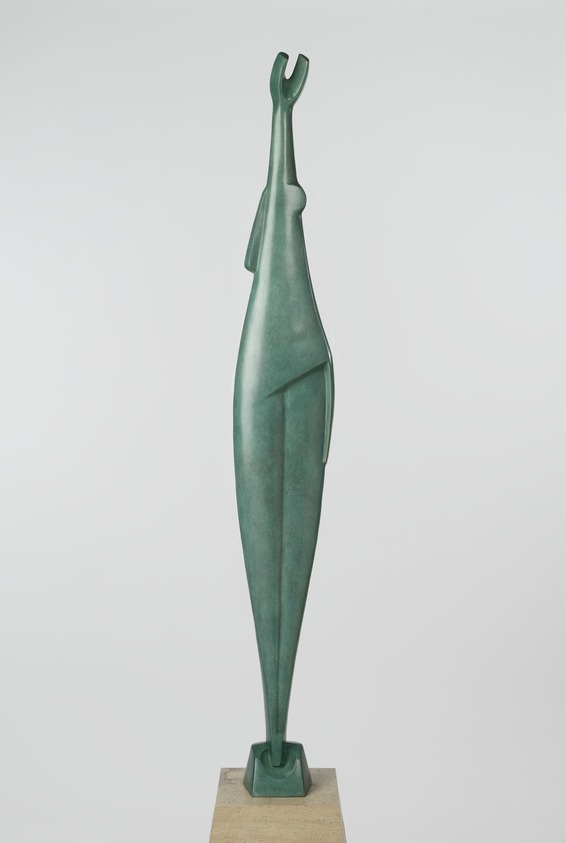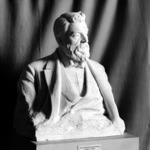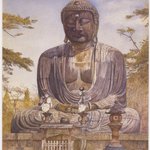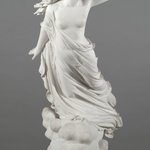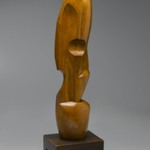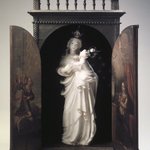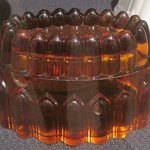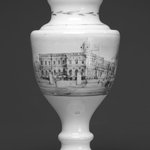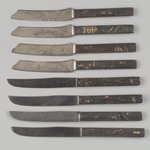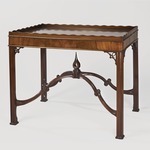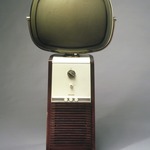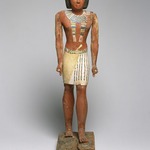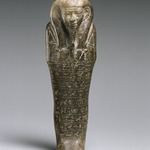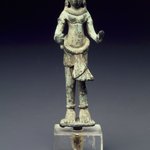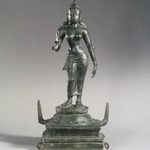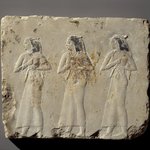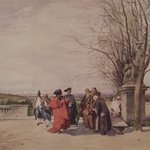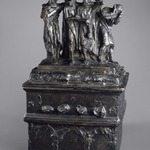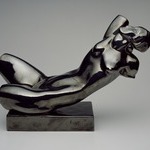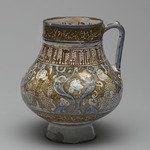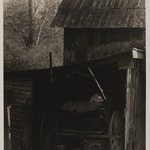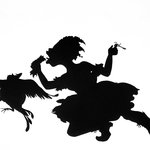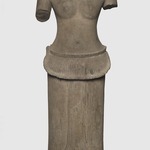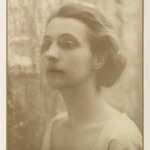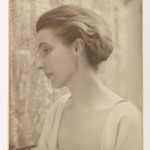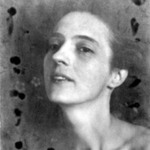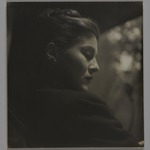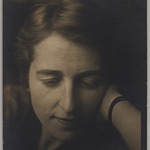The Ray
Alexander Archipenko
European Art
Alexander Archipenko first conceived this work’s form—an elongated, abstracted figure of a woman—about 1918. He explored the figure numerous times in several variations and media, sometimes calling it “Vase” or “Vase Woman” and other times “Ray,” recognizing the flexibility of perception, as well as the relationship between animate and inanimate forms.
MEDIUM
Bronze with green patina
DATES
1920s
DIMENSIONS
Total height: 74 in., 215 lb. (188 cm, 97.52kg)
Sculpture: 63 x 9 x 6 in., 59 lb. (160 x 22.9 x 15.2 cm, 26.76kg)
base (Base): 11 x 14 x 14 in., 156 lb. (27.9 x 35.6 x 35.6 cm, 70.76kg)
(show scale)
MARKINGS
Proper left side, self base, edition number: "6/6"
SIGNATURE
Signed proper left side, self base: "Archipenko"
ACCESSION NUMBER
2004.37.1a-b
CREDIT LINE
Gift of The Beatrice and Samuel A. Seaver Foundation
PROVENANCE
1964, inherited from the artist by Frances Archipenko Gray; 1968, purchased from Frances Archipenko Gray by Beatrice and Samuel A. Seaver of New York, NY; June 17, 2004, gift of the Beatrice and Samuel A. Seaver Foundation to the Brooklyn Museum.
Provenance FAQ
CATALOGUE DESCRIPTION
a=sculpture; b=base.
MUSEUM LOCATION
This item is not on view
CAPTION
Alexander Archipenko (Kyiv, present–day Ukraine (former Russian Empire), 1887 – 1964, New York, New York). The Ray, 1920s. Bronze with green patina, Total height: 74 in., 215 lb. (188 cm, 97.52kg). Brooklyn Museum, Gift of The Beatrice and Samuel A. Seaver Foundation, 2004.37.1a-b. © artist or artist's estate (Photo: Brooklyn Museum, 2004.37.1_front_PS6.jpg)
EDITION
Edition: 6/6
IMAGE
front, 2004.37.1_front_PS6.jpg. Brooklyn Museum photograph, 2011
"CUR" at the beginning of an image file name means that the image was created by a curatorial staff member. These study images may be digital point-and-shoot photographs, when we don\'t yet have high-quality studio photography, or they may be scans of older negatives, slides, or photographic prints, providing historical documentation of the object.
RIGHTS STATEMENT
© artist or artist's estate
Copyright for this work may be controlled by the artist, the artist's estate, or other rights holders. A more detailed analysis of its rights history may, however, place it in the public domain.
The Museum does not warrant that the use of this work will not infringe on the rights of third parties. It is your responsibility to determine and satisfy copyright or other use restrictions before copying, transmitting, or making other use of protected items beyond that allowed by "fair use," as such term is understood under the United States Copyright Act.
For further information about copyright, we recommend resources at the
United States Library of Congress,
Cornell University,
Copyright and Cultural Institutions: Guidelines for U.S. Libraries, Archives, and Museums, and
Copyright Watch.
For more information about the Museum's rights project, including how rights types are assigned, please see our
blog posts on copyright.
If you have any information regarding this work and rights to it, please contact
copyright@brooklynmuseum.org.
RECORD COMPLETENESS
Not every record you will find here is complete. More information is available for some works than for others, and some entries have been updated more recently. Records are frequently reviewed and revised, and
we welcome any additional information you might have.
